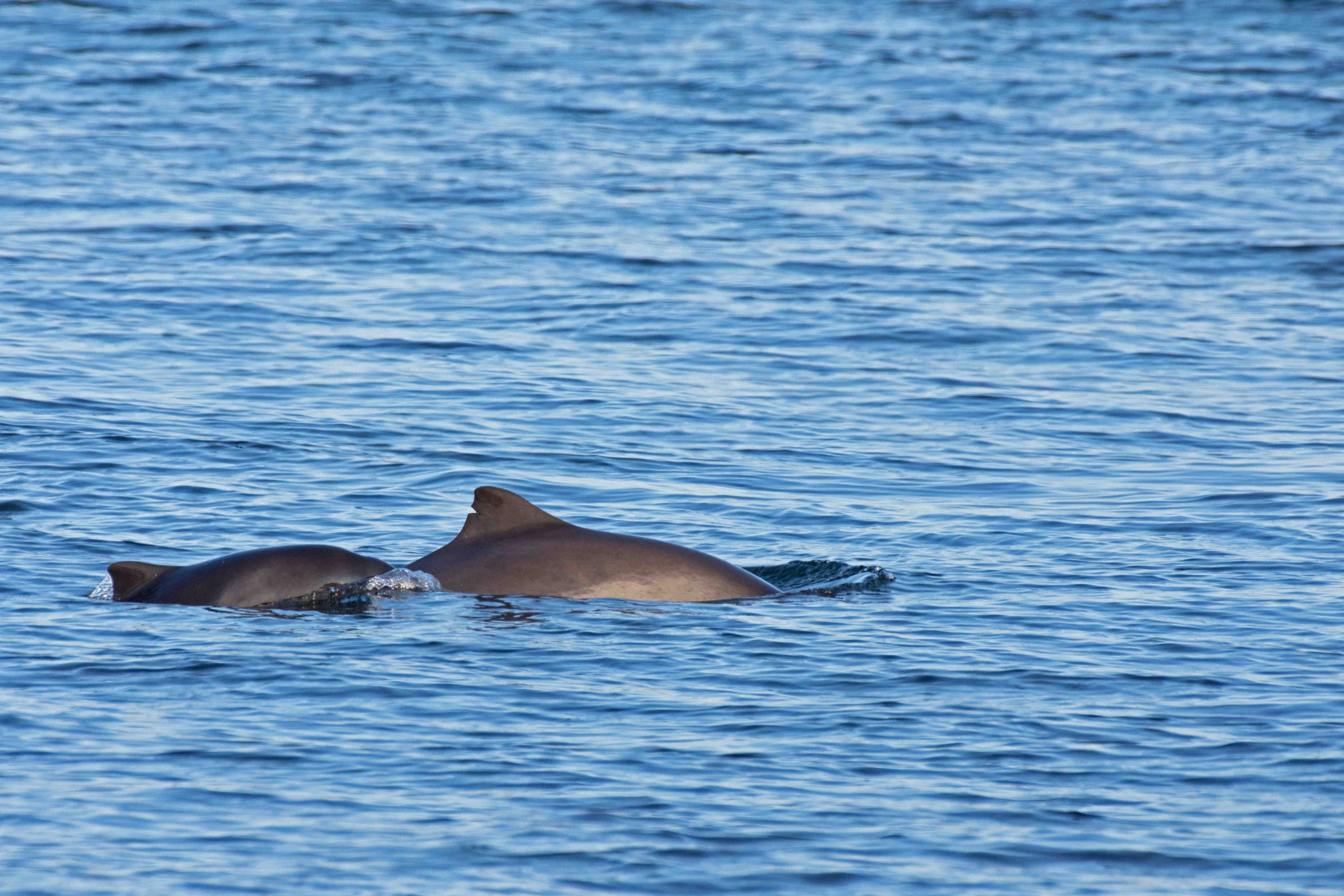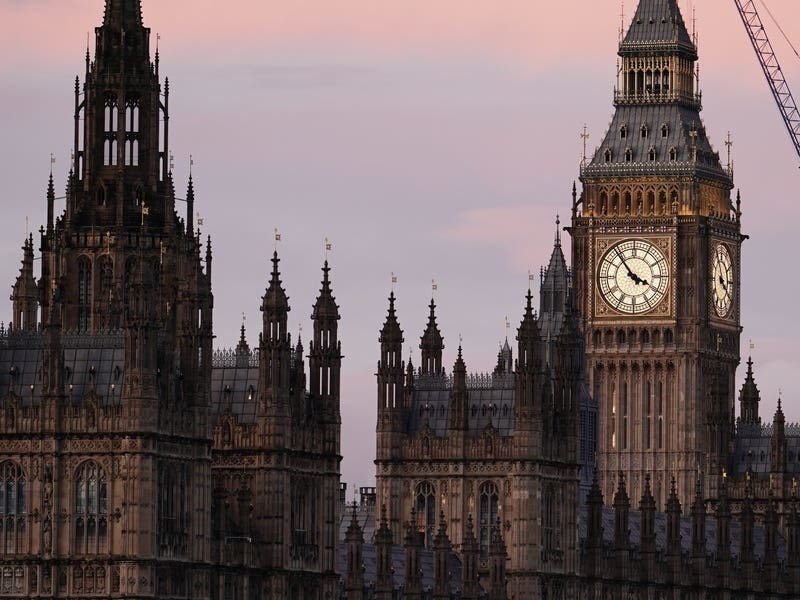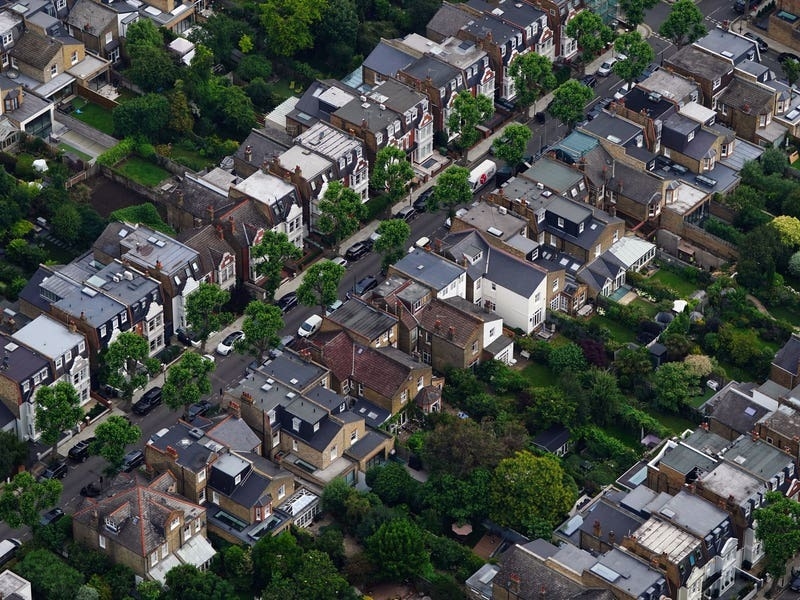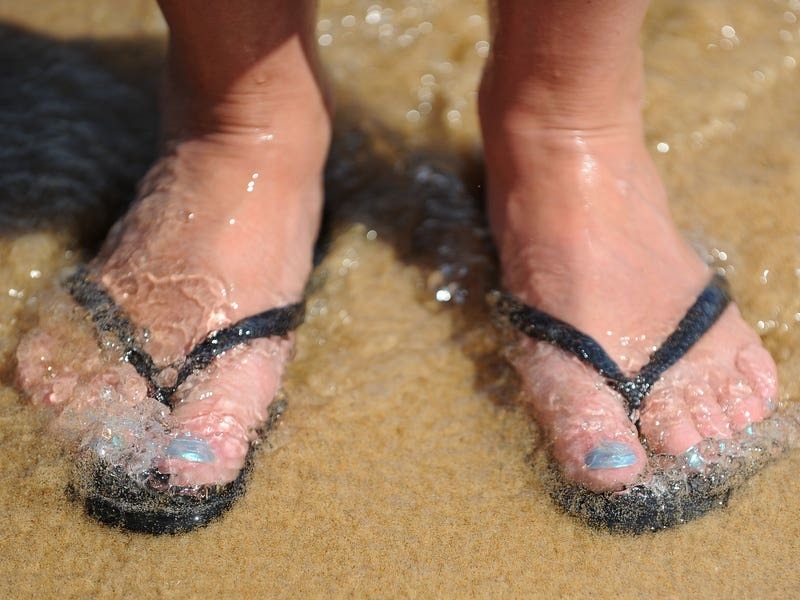PORPOISES steer clear of Jersey’s south coast, it has emerged.
New research from the government’s Marine Resources Department has shown that groups of the elusive creatures gather off the Island from mid-December to early March.
Underwater listening devices – which record and measure the echolocation clicks of dolphins and porpoises – also revealed that their encounters with dolphins are rare, meaning that – for reasons unclear – the two species do not live side by side.
Although dolphins and porpoises are both mammals, the former has a longer snout, bigger mouth and more curved dorsal fin.
Porpoises also limit themselves to the north and west of the Island.
There are 32 dolphin species but only six porpoise species, with the harbour porpoise found around Jersey.
Since 2016, when the first ‘hydrophone’ was deployed, the number of devices has increased to 51, and over the last six years there have been nearly 6,000 recorded encounters with dolphins and porpoises.

Marine resources head Dr Paul Chambers said: ‘We can tell from their clicks that the porpoises seem to spend their entire time feeding, so we can presume that the reason they’re here is for food, perhaps squid.’
He added: ‘The intriguing thing is, why only the north and west coasts? St Catherine’s Breakwater is a dividing line and we’ve had hydrophones either side; the one to the north has porpoises and the one south doesn’t.
‘They are very shy and more active at night ,so no one had ever spotted this before.
‘Where they go when they’re not around Jersey is the million-dollar question. It is not in Channel Island waters, as they are rarely recorded on the hydrophone network, which now covers the whole area, during the summer months.
‘There are some encounters recorded during the spring and summer, but these are few and far between and last mere seconds. In the winter, we get hours and hours of continuous porpoise activity off the north and south-west coasts.’
Dr Chambers added: ‘When the porpoises are inshore, we seem to get fewer dolphin encounters. Whether this is because the dolphins and porpoises can’t co-exist or because the porpoises move into areas when the dolphins go elsewhere is difficult to say.’
Asked why this research was important, Dr Chambers said: ‘All cetacean species are protected locally and are considered iconic by many Islanders, including our fishing community, who have helped with our various research projects. We have always worked with local organisations, such as the Société Jersiaise, to collect sightings and other data on our marine life but this does have its limitations.
‘Since 2016, the use of seabed hydrophones has proved to be a cost-effective means of collecting robust scientific data that can be used to unlock the many mysteries surrounding our local cetaceans. The results have been extraordinary and include the identification of seasonal congregation sites for dolphins and porpoises and an insight into the way in which these animals behave and use individual parts of our marine environment.’
Dr Chambers also said that ‘top predators’ such as dolphins and porpoises could offer insights into the health of coastal waters, ‘as their success depends on the maintenance of healthy food chains and habitats’.
He added: ‘Weaken any link within a food chain and it is the top predators that will suffer first. Our research and that of the GECC [Groupe d’Etude des Cétacés du Cotentin] in Normandy suggests that the dolphin population around Jersey and the other Channel Islands is stable, with behaviour patterns that are consistent from year to year.’






